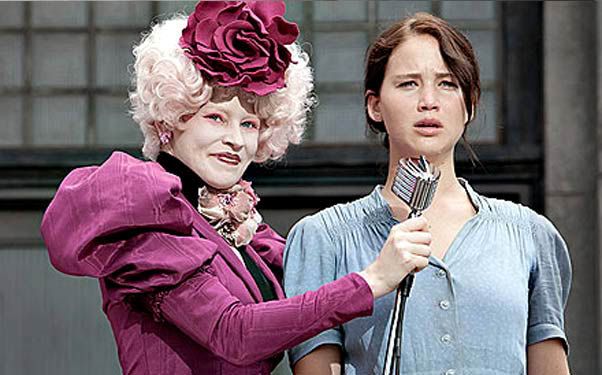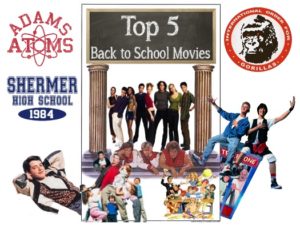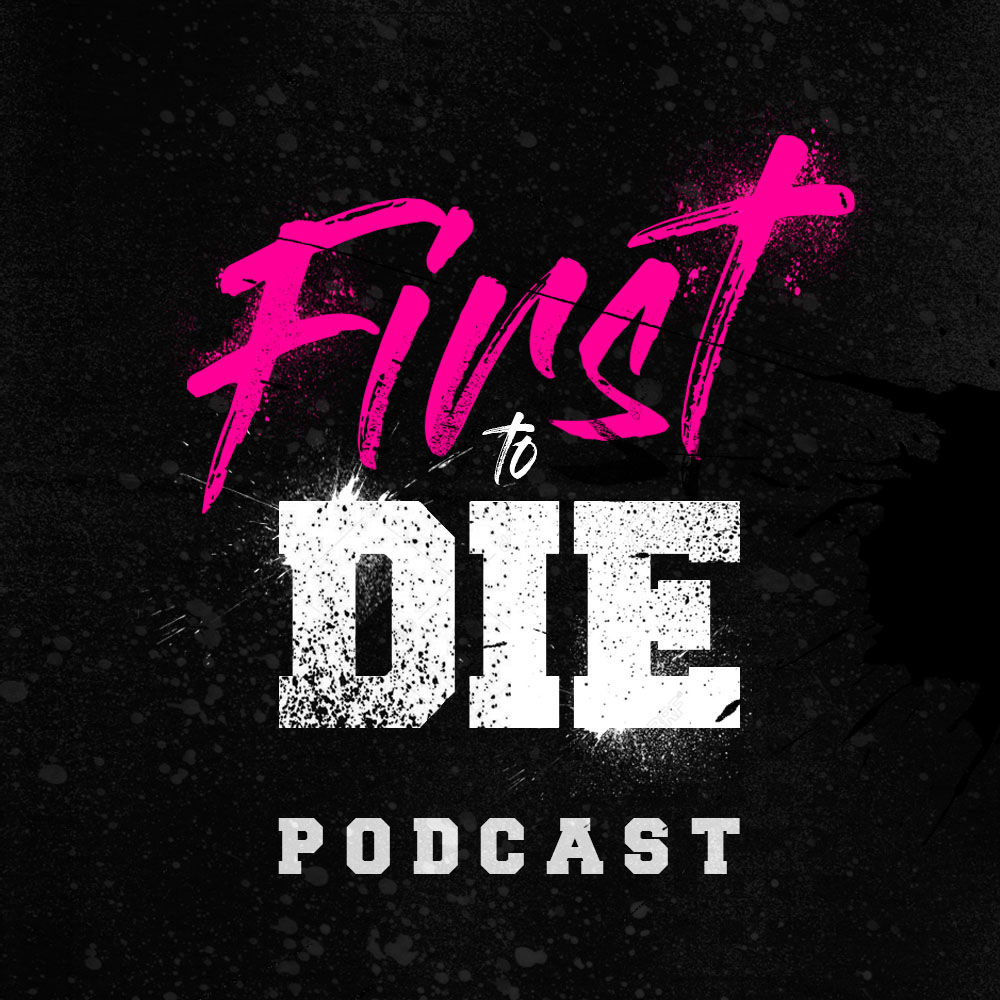Destined to be number one at the box office, the movie version of Suzanne Collins’ popular novel, Hunger Games, opened with a bang! Sold out theaters, great internet buzz and a film that, presumably, follows the book quite well is going to make Games the first mega blockbuster of the year. I managed to squeeze myself into the theater opening weekend along with a couple of friends and here’s the review.
Imagine a world torn by some unknown apocalyptic event where the only area left is a series of 12 districts surrounding the “Capitol” in what was once the United States of America. The Capitol, the governing area, managed to survive a particularly harsh rebellion and have been punishing the rebels severely for 74 years. The punishment includes withholding food and supplies, demanding tribute in the form of children and forcing those children to fight in a futuristic electronic arena. The arena is like a giant holographic suite, per Star Trek. Seemingly the game masters can create whatever environment and creatures they want.
This is where the plot gets a little dicey. The “hunger games” are meant to be entertaining, engaging and exciting. Each of the 12 individual districts is forced to enter their 12 to 18 year old children in a lottery, the winners entered into the arena. Unfortunately there is something dynamically different between 12 to 15 year old children and 16-18 year olds. Watching the older children slaughter the younger, in the first few seconds of the games, would hardly be much entertainment, and it certainly wasn’t in the film.
The children picked to fight in the arena are given some training after their choosing, but once again there is a snag: some districts have trained their children to fight from an early age, while others throw their children in nearly helpless. That makes Hunger Games seem completely ludicrous. In any sane world each district would be training their children from birth. For anyone that claims that there are no resources for training in the poorer districts, how many resources does it take to teach hand to hand combat and knife or bow fighting, virtually none.
The hero of Hunger Games, Katniss Everdeen, using what is apparently a homemade bow to illegally hunt game to sell and feed her family, is the favorite to win. With just a little training, she, and all of the children, might at least not be fodder for the bigger stronger youth. You would think that, in 74 years, there would be more than one or two districts that would provide training. Furthermore, Katniss is the first in her district to volunteer in the same 74 years. It’s the only way to replace her 12 year old sister in the games. It would seem in that long there would have at least have been some.
This is not a new plot but usually there are plenty of people, knowing the immense benefits of winning, willing to volunteer. In 74 years you’d think there would also have been parents training their kids (Hollywood moms and dads for violence, yay!). The Hunger Games was written as a young people’s series but still I expect some reasonable logic. Even more so when it’s turned into a film. There was none! And unfortunately much of the background for The Hunger Games was left out of the film so I’m not sure if the book explains about the understory.
Another point: how decadent and disgusting would a society have to be to watch children brutally killing each other on TV? I found no evidence in Hunger Games of some kind of Gladiator style blood lust. There was also no evidence of a lingering anger or bitterness over the earlier rebellion, which would have added some sense. There was just a seemingly silly audience dressed in ludicrous outfits watching the Hunger Games as thought it was a fictional drama. Certainly overdone, in fact everything in the film seemed overdone, except the explanation of why people in the Capitol would allow this idiocy to go on for 74 years.
Check out The Running Man and Rollerball, films with somewhat similar plots, and you’ll see what I’m talking about. Both films are based around a violent “game” with an audience caught up in blood lust and violence. The only explanation I can figure out for Hunger Games silliness is that they are all on some weird drugs. Did I miss that? Is there some kind of affective disorder?
Hunger Games does have some decent action scenes. Woody Harrelson is a bright spot in the film as Haymitch Abernathy, a former winner and the trainer of Katniss (Jennifer Lawrence) and the other lottery pick from district 12, Peeta Mellark (Josh Hutcherson). Harrelson actually is the only character that seems human in the film.
Lawrence does an adequate job as Katniss, though I wasn’t always sold on her emotional response to crises, but Hutcherson was miscast. He just didn’t fit the role and I didn’t find him likeable. Liam Hemsworth as Gale Hawthorne was at least likeable but in far too little of the film. Everyone else seems more like cardboard cutouts or cartoons like Caesar Flickerman (Stanley Tucci), Compare him to Richard Dawson as Damon Killian in The Running Man. Dawson is incredible in what could also been a cartoon character.
The director seemed to do a credible job, considering that with which he had to work, but I would have liked to see more explanation as to why.
The special effects were good, though once again I was lost as to the need for mutated animals and to what extent the arena was biologically separate from the great world. I would also like to have known where the immense power needed for the Capitol, the arena and technology came from. It would seem unlikely that the minimal population in each territory could provide such immense resources.
The Hunger Games seems like a film written for fans of the books or unquestioning action junkies, not for adult science fiction fanatics begging for logic and common sense. It also seems very much directed at teens. The story just seems limited to what the young people’s experience, not the adults. Which is probably why Haymitch Abernathy is such a rich character. He’s the only “live” adult.
I personally would have also liked some better explanation of why the 12 districts meekly accept the annual murder of children without trying to do something like, hide the children, running them away or training them.
One last point, have you ever tried to tell a teenager to do anything? What in the world makes you think they will listen to “big brother” and kill people they have befriended or love. Um, never going to happen. Thus the scene where two of our combatants decide to commit suicide rather than kill each other.
I’m lukewarm toward the film and give it a hearty:
2 stars out of 5.















